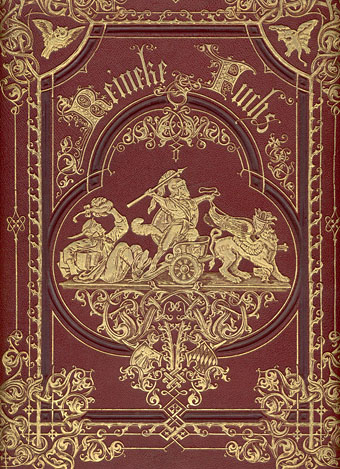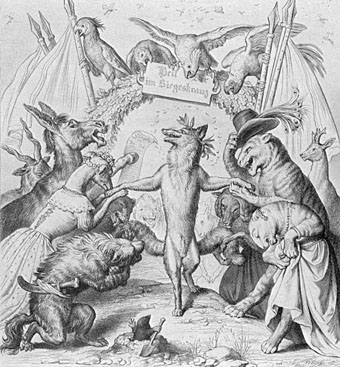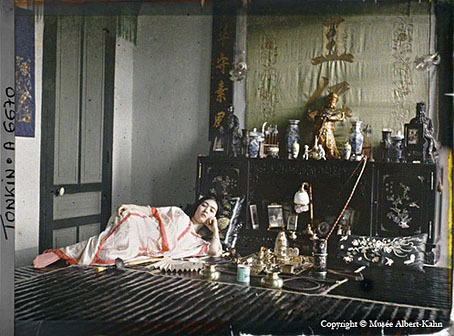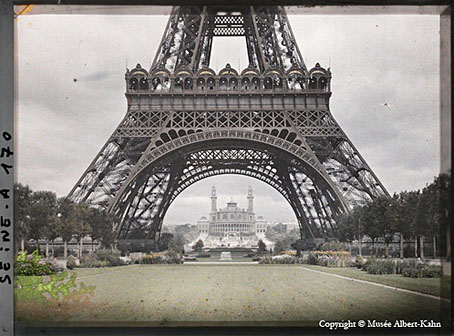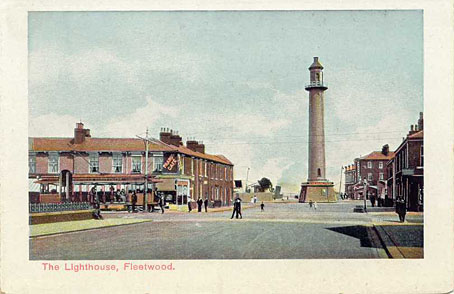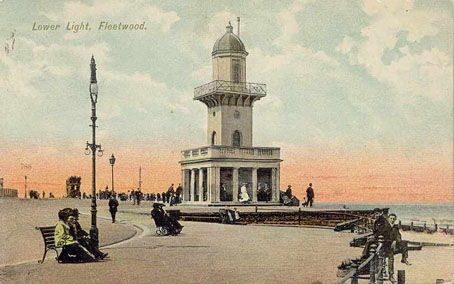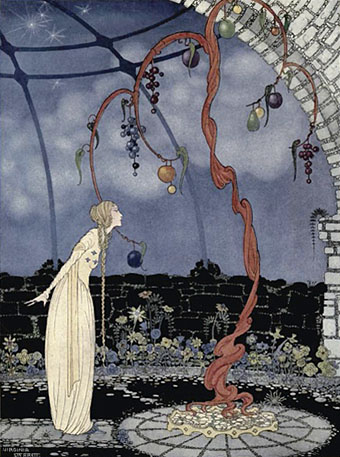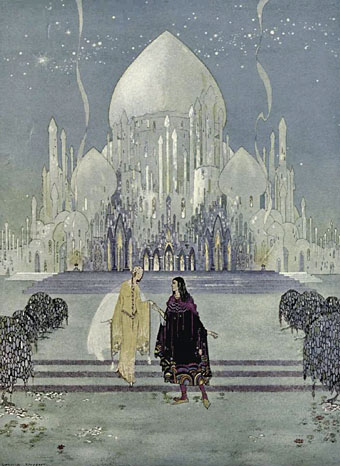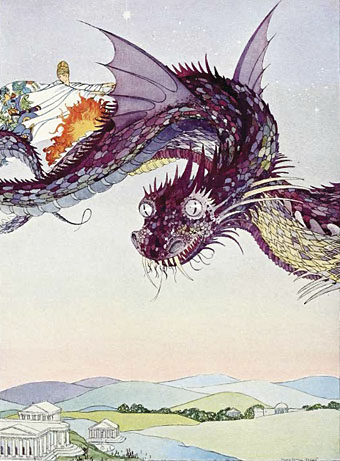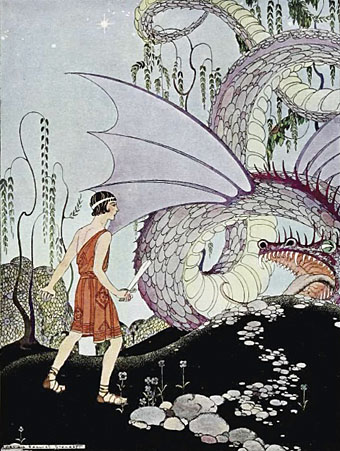Reineke Fuchs, Einband der Ausgabe des Versepos von Johann Wolfgang von Goethe (1846).
From Wikimedia Commons’ stock of images related to the medieval trickster hero, and another great cover showing the 19th century art of the blocked binding. In a similar vein, don’t miss these marvellous illustrations at BibliOdyssey.
Reineke als Sieger by Wilhelm von Kaulbach (1846).
Elsewhere on { feuilleton }
• The etching and engraving archive
• The book covers archive
Previously on { feuilleton }
• Old book covers
• Decorated Russian book covers
• The Hetzel editions of Jules Verne

